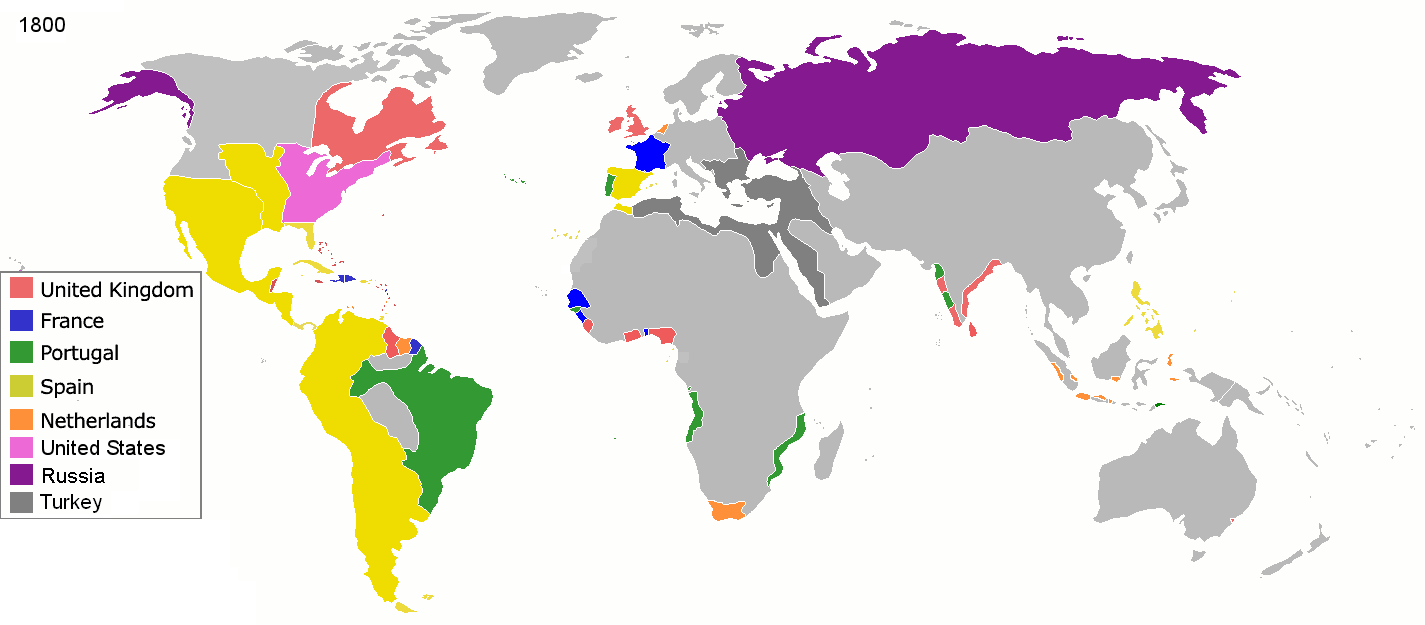User:Benisajew/sandbox
Benisajew (talk) 05:29, 13 February 2014 (UTC)Ben, JC, Zane, and Connor
INTRODUCTION[edit]
The Spanish in the 1400's went to the Americas, and met the natives of the Americas. "The Spaniards from the able and rich to the humble and the poor, all hold themselves to be lords and will not do manual labor."[1] The Spaniards sent Conquistadors to acquire wealth and populated regions of the western hemisphere. The economic foundation for the New World Spanish Empire was commercial agriculture and proved by slaves and lower class Spaniards. Within a century of landing the Spanish in Mexico and Peru had established a dozen major cities and several universities as well as hundreds of other buildings such as churches and cathedrals. Spanish Flag from the 1500's
SPANISH MOTIVATION[edit]

At first the Spanish were looking for gold and riches to fund their empire after the Muslim reign in Spain was eliminated which had left Spain hungry and poor. When they first went to the Americas they were searching for India to get a foot hold in the Indian ocean trade system, which was controlled by Portugal after the Treaty of Tordesillas. After figuring out the Americas were not India they tried to use this exploration to the best possible way to help out the Spaniards. They discovery of the luxury item sugar prompted the Spanish to pursue sugar plantations.
COLONIZING THE AMERICAS[edit]
When first arriving in America, the Spanish brought along diseases that decimated the local populations and killed up to 90% of the natives. This reduced the usefulness of the natives to use as laborers. This caused the Spanish to colonize the Americas by bringing in African slaves to work on the sugar and tobacco plantations, as well as other hard labor occupations to further the expansion of the Spanish Empire. They colonized in the the western parts of North America and the Western coast of South America. This large land mass allowed large trade networks to develop and help the progress of colonizing cities and peoples in the Americas.

SUCCESS AND EFFECTS OF SPAIN[edit]
SHORT-TERM EFFECTS
- With the Spanish arrival in the Americas came disease and destruction to the natives.
- Slave trade was ignited by the demand for labor in the new colonies.
- Through their conquests, the Spanish Empire acquired vast wealth, land, and political power throughout Europe and the Americas.
LONG-TERM
- Spanish is the dominant tongue in the majority of Central and South America.
- Spanish culture is still prominent throughout most of the Americas.
REFLIST[edit]
Ways of the World Bedford St. Martins page 628. Mr. Fowler's Lectures. Boise State Head Coach of losing. Spanish People (Mostly just the Spanish Teachers). Mr. Fowler's 6th Period AP World History Class.
- ^ Ways of the World. Bedford St. Martins. 1619. p. 628.

